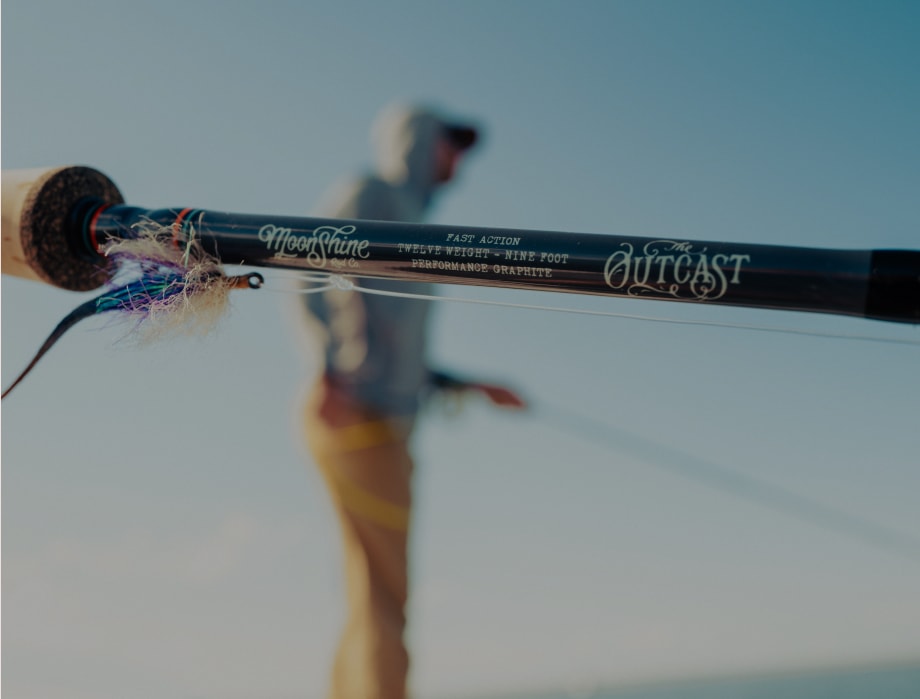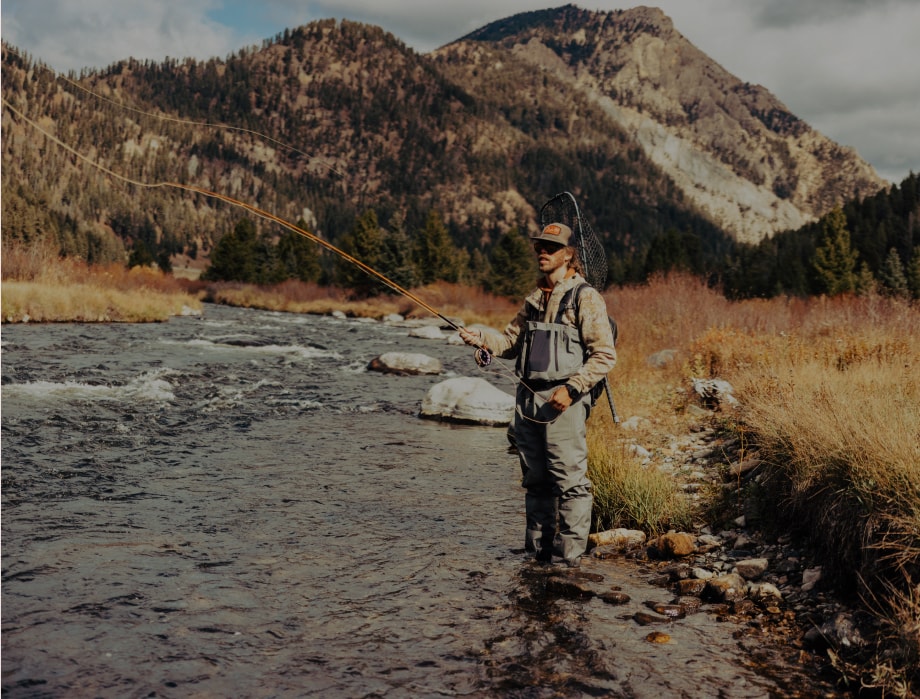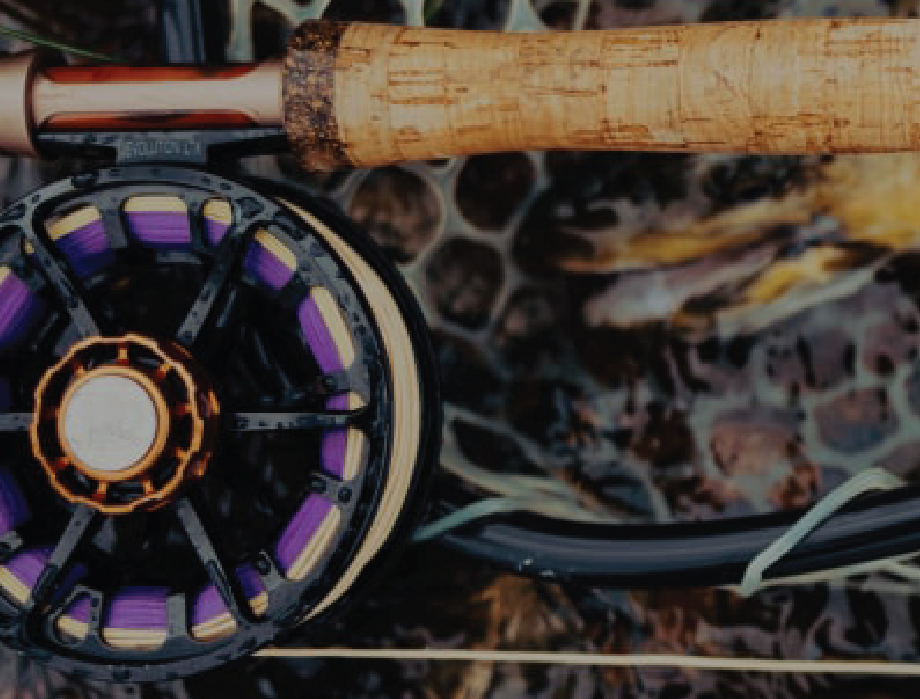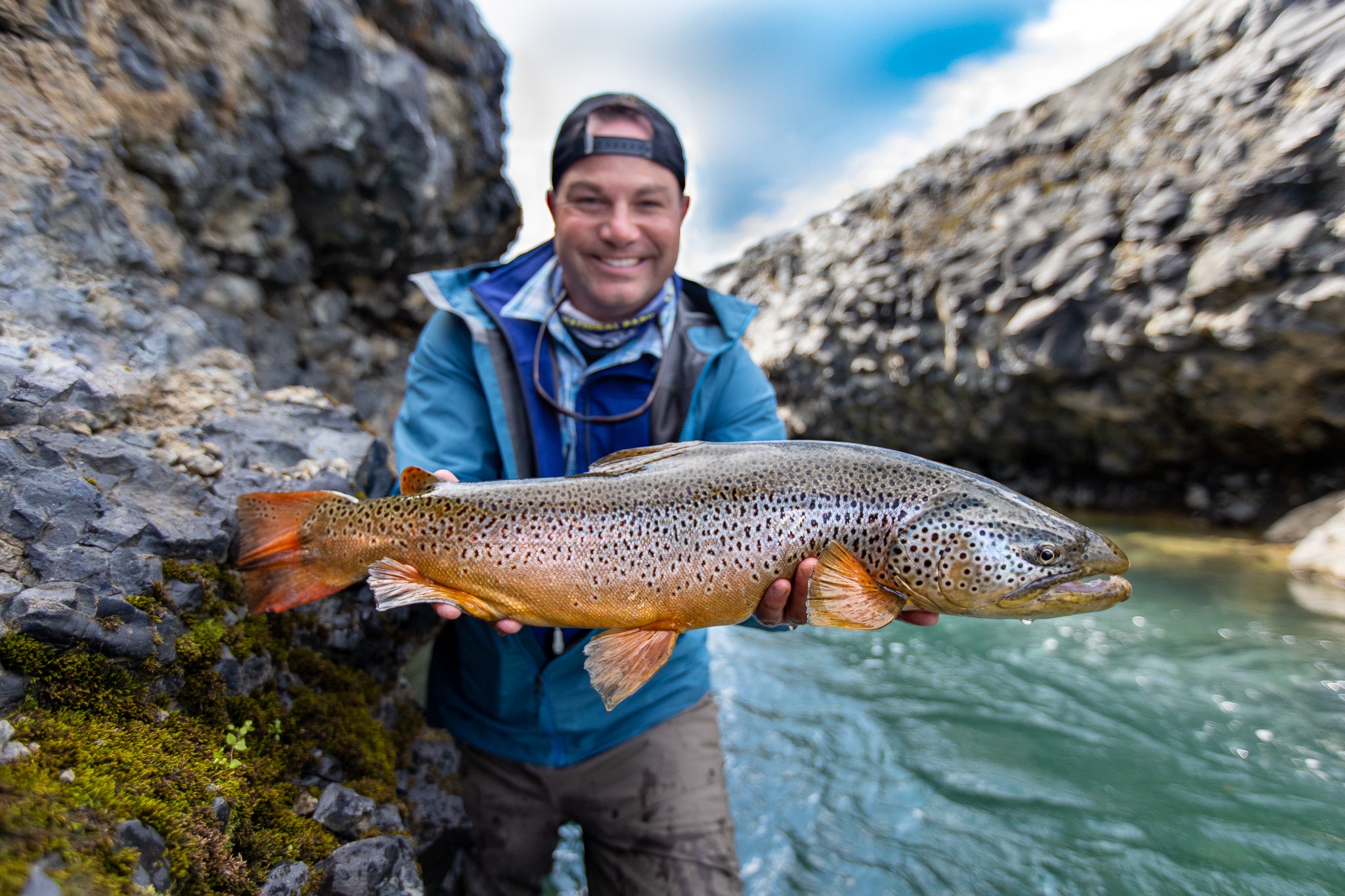When it comes to trophy fishing, it’s an all-or-nothing proposition. In a way, you need to give up on the dream of a 40-fish day and commit to quality over quantity because the techniques are very different. To some, this sacrifice is worth its weight in gold and then some. For guide Bryan Glass, he’s fully committed to chasing fish in a way that’s unheard of on the White River in Arkansas:
“In Arkansas, we’re diving into a massive class of brown trout,” he told us. “We're trying to get a 26-inch brown per client per day, trying to catch fish that most people don't get to see, and fairly successfully too.”
The difference is in the perspective and in the methods. In our conversation, we talked with Bryan about his unique approach to targeting these massive browns and how he consistently gets clients on once-in-a-lifetime fish—or, maybe once-in-a-trip fish is more like it.
Here’s Bryan Glass on his methods for targeting mythic fish on the White.
__
Are there some similarities between Arkansas and Alaska?
Bryan Glass: The White is fairly similar to some of the big rivers, like the Naknek River in Bristol Bay or the Kvichak River. Instead of trophy rainbows in Alaska, it's trophy browns. The nice thing about brown trout is they're a lot more diverse and harder to understand than rainbows. You can’t just put a glow bug on or catch them on salmon egg patterns. They're so much more intricate and there’s so much to understand biologically.
In Arkansas, we’re diving into a massive class of brown trout. We're trying to get a 26-inch brown per client per day, trying to catch fish that most people don't get to see, and fairly successfully too.
So what are you doing differently?
We’re trying to understand why certain fish are going to be in certain places, instead of fishing random water with a nymph rig and going for the quantity game. If you catch 10,000 fish, eventually one of them is going to be big. We’re really getting to the point—we're going to get three bites today for our daytime fishing, but we're using eight-inch streamers. If it's shad kill season, we're going to be matching shad patterns. We're going to be focusing on specific fast seams that shad coming through the dam are being pushed toward.

We’re trying to understand why certain fish are going to be in certain places, instead of fishing random water with a nymph rig and going for the quantity game. If you catch 10,000 fish, eventually one of them is going to be big. We’re really getting to the point—we're going to get three bites today for our daytime fishing, but we're using eight-inch streamers. If it's shad kill season, we're going to be matching shad patterns. We're going to be focusing on specific fast seams that shad coming through the dam are being pushed toward.
We're trying to think very methodically about everything we do. And so we're always calling each other about every hour, comparing what colors we're using and what sizes we're using. He’ll be using a 500-grain sink-line and having more success than me on a 350-grain sink-line.
Speaking from the other operations’ perspective, it is hard to commit to large fish. You really need to target one or the other.
Absolutely. And that's how night fishing came in. From a biological standpoint, a lot of people don't really understand that in the summertime, those brown trout over 20 inches become harder and harder to catch. A lot of people think the fish migrate downstream away from Bull Shoals Dam into Calico Rock or the Buffalo River area.
The fact of the matter is the water down there is 65 to 78 degrees. It’s not habitable for brown trout, whereas the tailwater right below the dam is perfect, 52 to 60 degrees. That's where they're going to be concentrated. The fact that people stop catching them doesn't mean they're not there and they're not feeding. It means that they're feeding differently. They're changing to a nocturnal diet or they're changing to the fringes of daytime. Essentially, you have an hour and a half of streamer fishing at the first part of the day and at the end of the day.
When we started, we looked at all the different pages and outfitters and fly shops and according to them, the browns dried up about May 15th—the bite for brown trout vanishes, and people just stop catching them in quantity. All that means is that a vast majority of the fish in the system go completely nocturnal. I did a 45-day teaser season out there last summer and the average fish that we caught was about 21-inches. We were catching between eight and 20 fish a night. Almost every single night, we were breaking 24, 26, up to 28 inches.
Right when I started my business, I did trophy trout, streamer classes, night fishing courses, mousing courses and stuff like that. One thing I've always said is that you don't get into the mind of the fish, you get into the mind of the food. If you can understand where the food is, why the food is there, and what it's doing, then catching the fish is easy. And so that's really what we've tried to start to understand, what side channel is going to have mice and what banks.
Are the number of large browns representative of a healthy fishery?
I would say, yes and no. The White River is a really healthy system, but it’s not necessarily an independently healthy system. Basically, the mass amount of nutrients in that system is artificially put in there in the form of a million stocker rainbows a year—as well as 50,000 Cutthroat and 20,000 Brookies. It's artificially managed.
What's interesting is most of the brown trout up to 22 inches are hit or miss health-wise. You'll catch 24-inch Browns that look like they're 10 years old and weigh 2 pounds and then you'll catch a 24-inch Brown that's 9 pounds and it looks like it's 4 years old. The difference is one fish figured out really quickly that it needed to become piscivorous and nocturnal, potentially feeding on rodents and stuff like that.

So, it’s a fairly healthy system and there's such an inflow of artificial food that this can only be capitalized on by browns over 22 inches. You’ll see a gap of 21 to 24-inch fish, but once you get to 25-inches, there's a really healthy population again. Once they make that shift to becoming piscivorous, they’re so much healthier. They have a bigger tail, bigger fins, a stronger lateral line, better sensory organs, bigger eyeballs, sharper teeth, and bigger jaws.
It's easy for them because the calories are there. The fat content is there. It might take them 6 years to get to 21 inches, but they can get from 21 inches to 27 inches very fast. And then by year 8, they're 29 inches. Some of those fish are 34 inches long but it took well over half their life to hit 2 pounds.
The big fish you're catching are almost a decade old?
Yeah. And our growing seasons are pretty good. A fish that lives in the Rocky Mountains is going to start feeding hard basically from mid-April and through May, June, July, and August, it's feeding really hard, it's growing. By September, it starts to gear towards spawning mode and converting a lot of its energy into spawning aggression and milk or eggs. In October and November, it spawns. By the end of November, the water temperatures drop below 42 degrees, its metabolic rate has slowed and then it spends the entire winter trying to recuperate and recover from the spawn.
The fish on the White will spawn two months a year, but the other 10 months a year, they're growing, growing, growing because the water seldom drops below 48 degrees, which is still in prime metabolic rate for them. And it also seldom gets above 70 degrees. I know some of the browns we've got, they look like they're 100 years old. Then we've got browns that are very similar dimensions, might be only six years old. The variety is huge.
How do you age them?
You can't effectively age them just by looking at them. Some of the indicators to give you a general idea is how big their eyeballs are in proportion to their body—from the tip of their nose all the way to where their maxillary meets in the corner of their jaw. You can look at how long their fins are, how big their adipose fin is, and then how thick their caudal peduncle is. In males in particular, you can look at the thickness of their fins and their tails. Is it papery? Then, they're probably fairly young fish. Is it really thick and almost feels like cardboard? Then, they're probably really old fish.
As far as understanding the exact age, the only effective way is an Otolith survey, in which they have to kill the fish. It's like a bone in the brain. For us, we’re just looking at the health of the scales, eyeballs, and fin proportions.
What is it about big fish that’s so alluring?
Big fish are definitely not for everyone and that pursuit is definitely not for everyone. I've got friends who don't have the time, energy, or willpower. When you have three kids and a full-time job and you're running your own business, you can't dedicate 200 days to unlocking the secrets of these fish. I've been able to design my life around that, and it's been really special for me to provide that experience because it really hasn’t been tapped into that much, especially in the lower 48.
That's been my passion, fishing probably 320 days a year for the last ten years straight. I have enough time that I'm okay getting skunked for eight days in a row to get one bite. I can use that addiction and that passion and share those experiences with clients who are like-minded. When I get people on trips that really understand what it takes and they're willing to put in that effort, I just click really well with those people.
I have a love for guiding and not just trophy trout. I've been able to fish enough in cool places and catch some really awesome trout over the years and for me personally, a 24-inch Brown is cool, but I don't need a picture. I don't need a net. But, if I get a client who’s worked their butt off and they stick a two-footer, my excitement level is 10 times what it would be for me personally. And I enjoy sharing that excitement with people, especially with even bigger fish. Even if I’m helping someone get on a fish that I’m a bit jealous of, I would say that my personal joy for them is much greater.










1 comment
Don Hankey
Podcast in the future?
Leave a comment
All comments are moderated before being published.
This site is protected by hCaptcha and the hCaptcha Privacy Policy and Terms of Service apply.